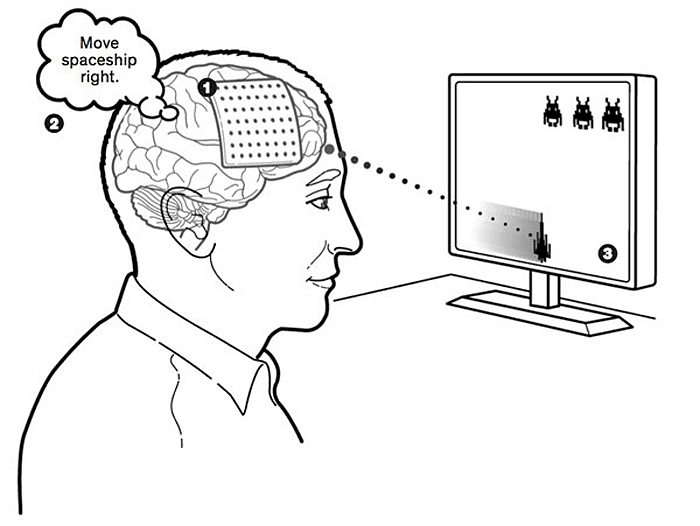Home

01
Join Us, In Saving Lives And Engineering The Future
We are a diverse team of talented people who are dedicated to building technology that radically improves human lives.
January 25, 2015
mvalenzuela

The headline seems a bit arrogant and unreal, but researchers at Brown University have teamed up with Blackrock Microsystems and actually made a brain implant which can remotely control various devices in your home. The main idea behind their wireless brain-computer interface is that it could help people suffering from paralysis or other forms of motor-diseases interact with their homes easily. The prerequisite for the brain implant to work is that you have the proper electronics in your home, but we’re not too far from that right now.
The researchers alongside Blackrock Microsystems have created BrainGate technology, which means that they have effectively designed a brain implant that would not need complicated electronics on the outside in order to transmit information from the brain throughout the environment. Scientists explained that the bran implant is capable of sending quite a few megabits of information per second, although they are far from being able to decode and channel all the commands the human brain is capable of.

The headline seems a bit arrogant and unreal, but researchers at Brown University have teamed up with Blackrock Microsystems and actually made a brain implant which can remotely control various devices in your home. The main idea behind their wireless brain-computer interface is that it could help people suffering from paralysis or other forms of motor-diseases interact with their homes easily. The prerequisite for the brain implant to work is that you have the proper electronics in your home, but we’re not too far from that right now.
The researchers alongside Blackrock Microsystems have created BrainGate technology, which means that they have effectively designed a brain implant that would not need complicated electronics on the outside in order to transmit information from the brain throughout the environment. Scientists explained that the bran implant is capable of sending quite a few megabits of information per second, although they are far from being able to decode and channel all the commands the human brain is capable of.
We’ve had trials with similar systems in the past, but most require the intervention of a specialized team in order to work properly. Another drawback of these systems is that they also require hardware on the exterior of the human brain in order to work. BrainGate essentially created a bran implant that could be embedded within a human brain without having to connect to the outside world through wires. The wireless device will be able to use a built-in radio and a battery to transmit the electric signals from the brain to various devices within the environment.
The BrainGate technology has been extensively tested on animals like monkeys, who have responded very well, being able to move cursors with their brains. No matter if you are for or against animal testing, the results the team have had are remarkable. They are one step closer to creating a brain implant that would be completely embedded in the body, unlike the working prototype which they have now. The current prototype is made up of a wireless head-mount that connects to sensors embedded within the brain.
Clinical trials on volunteers should start as early as this year, as soon as the commercial version of the brain implant is approved by the U.S. Food and Drug Administration agency. In essence, BrainGate technology helped create a mental remote control. You can understand the implications of that technology if used for the right purposes, as well as for the wrong purposes. You might see it as a commodity and become the laziest person ever once the device is finalized, but the more correct approach would be to think of those who cannot move their limbs, don’t have their limbs or they are not intact or are completely paralyzed. The brain implant would be something that could make their lives a lot easier, allowing easy remote-control of transportation, entertainment and home appliances, etc.
Blackrock Microsystems has begun the commercialization of the brain implant, which they have dubbed the Cereplex-W, for $15,000 a pop. The units the company will sell will supposedly go to some sort of research facility that studies primates. After these tests will be finalized, tests in human volunteers should be a go in the timeline of development. The goal of the project is to make a brain implant that would be completely under the scalp, ridding the technology of wires that expose live tissue which is then vulnerable to infection. Wires could also introduce germs as well as cause an allergic reaction or an infection by themselves. According to the scientists working on the brain implant, they are very close to achieving that goal.

